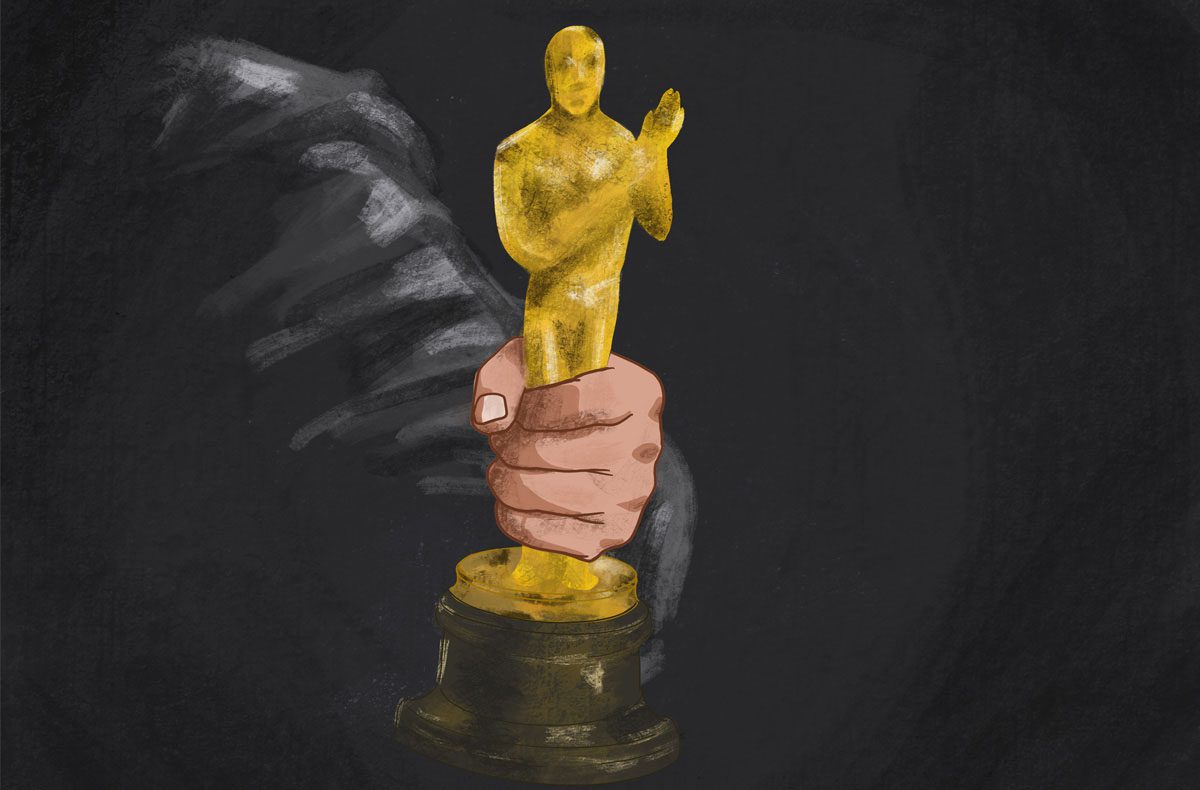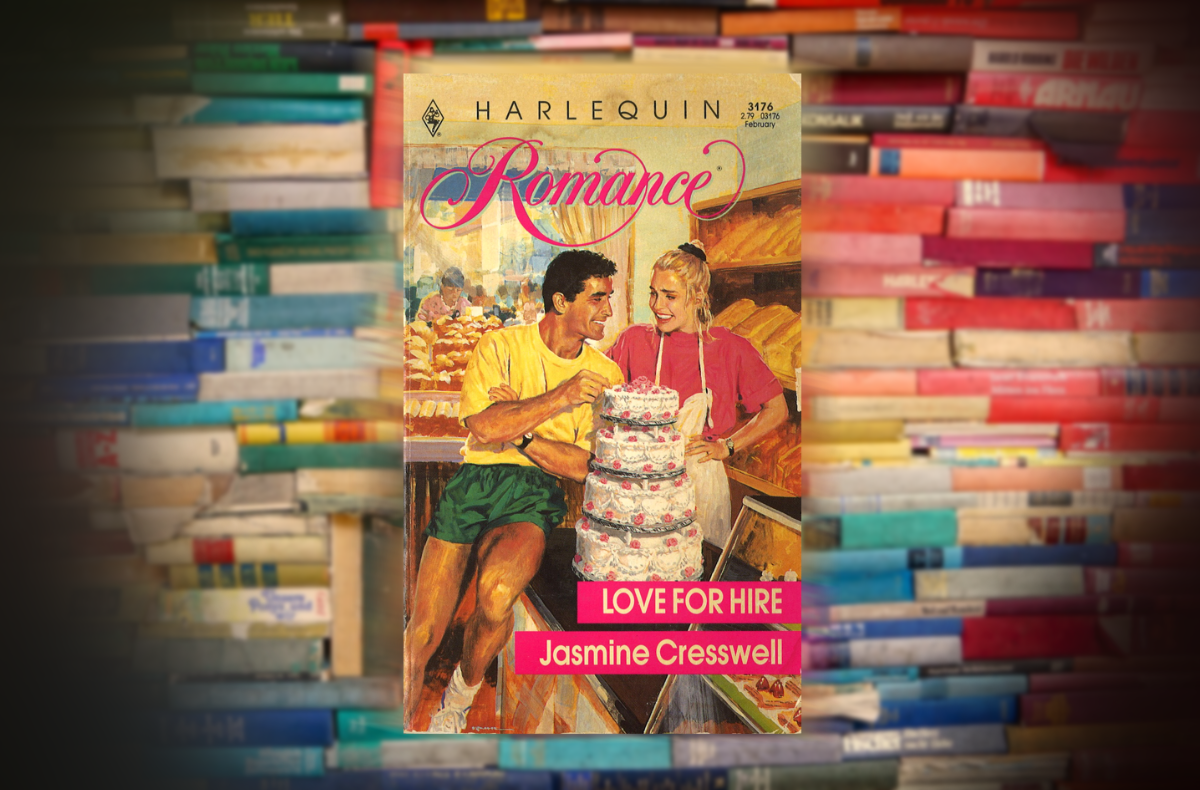Illustration by Juliana Lagerstedt
Deborah Nadoolman Landis may not ring a bell with everyone but her work has left an indelible mark on pop culture. The 70-year-old Los Angeles-based costume designer is responsible for some of the most famous looks in cinema history, helping to create characters that remain instantly and globally recognizable due to their on-screen clothing.
Harrison Ford in his well-worn brown leather jacket and fedora hat as Indiana Jones in Raiders of the Lost Ark? Landis’ work. Michael Jackson’s red leather jacket in the Thriller video? Also Landis. The college sweater worn by John Belushi’s character in Animal House? Landis again.
FilmGarb calls Belushi’s sweater “one of the most infamous pieces of clothing that has ever been worn in any film or show to date,” while Rock and Roll Hall of Fame says the Thriller jacket is “an iconic artifact from Jackson’s monumental career.” These looks, as well as countless others—the sombreros worn by the title characters in Three Amigos! and the dapper black suits worn by Dan Aykroyd and John Belushi in The Blues Brothers, for example—are still copied today, making Landis the real OG influencer.
Landis also designed the costumes for the Eddie Murphy comedy Coming to America, which earned her an Oscar nomination. So important were these looks that all 26 of her design sketches from the film are preserved in the National Museum of African American History and Culture in Washington, D.C.
Her designs define film characters so memorably that in 2019 Esquire Magazine devoted an entire article to the Indiana Jones costumes, writing, “wear a brown leather jacket with a fedora today and it will take about three seconds for someone to make an Indiana Jones reference. When it comes to zeitgeist-y looks, this ensemble is tough to beat.”
This July—42 years after Indy first graced the screen—the fifth franchise installment will be released, with 80-year Ford reprising his role for Indiana Jones and the Dial of Destiny. If Daenerys is the Mother of Dragons on Game of Thrones, then Landis is the Mother of Indiana Jones.
Unlike fashion designers who dream up clothing collections for upcoming seasons and whose names are also logos, brands and licenses, Landis says costume designers “sign up to be invisible.” You won’t find their names on a label inside a jacket worn by an actor. Costume designers have no ownership over what they create and don’t earn any residual money when that look catches on and is replicated.
“If the audience falls in love with the movie and the characters in the movie, we have done our job,” Landis told me.
Landis makes it her mission to make costume designers more visible and is committed to getting her peers the respect and recognition they deserve. She has written and edited several books on costume design, curated costume exhibitions and lectured at top schools, including her current post as a distinguished professor at the University of Southern California, where she is the founding director and chair of the David C. Copley Center for the Study of Costume Design.
Most recently, Landis wrapped up a five-year project that will be released this June: Editor-in-chief of the Bloomsbury Encyclopedia of Film and TV Costume. The landmark undertaking includes three volumes and 250 authors and encompasses global designs and designers in various styles and periods of cinema and television.
Landis names a few. “Costume designers of Mexican telenovelas,” she said. “Costume designers who are working in Bollywood. Costume designers who are designing for Nollywood, which is Nigerian film. Costume designers in China. Costume designers worldwide working and collaborating in every single language.”
That’s just Volume One.
“If you don’t write it down, if you don’t talk about it on a podcast somewhere that puts it out there into the universe, it disappears,” Landis points out. “I knew that there was more for me to do than design. I knew that I had the capacity, I had the will and I had this passion for history.
“I wanted to raise up my field.”



